5. Pan (Joe Wright, 2015)
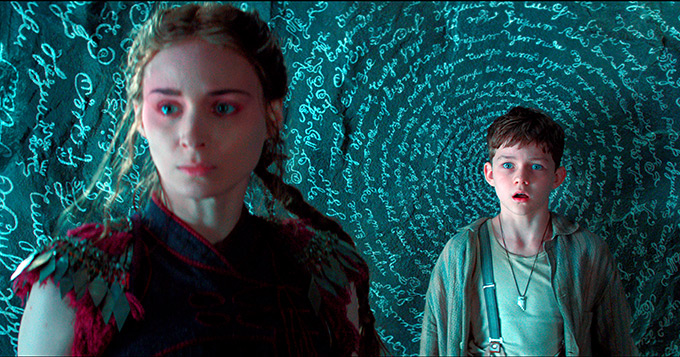
Were it not a Joe Wright film, what would remain to be appreciated in “Pan,” Warner Bros’ pathetic attempt at appropriating the classic story and make a origin story kind of franchise out of it? Still, a Joe Wright film it is, and the British director delivers on the visual side of things (as he always does), creating a gorgeous, theatrical, vivid, colorful fantasy that couldn’t be farther from the boring “gritty realism” most films of the genre seem to be sticking to these days.
It’s a shame, really, that “Pan” lacks any other type of virtue. Hugh Jackman tries to chew scenery as the villain Blackbeard, but his antics onscreen are not half as entertaining as he seems to think they are.
Young Levi Miller could be great one day, but “Pan” doesn’t really give him the space to do so – as we follow 12-year-old Peter Pan on his first visit to Neverland, the film reveals itself as an empty product of failed franchise-making that insults the original story’s appeal and magic.
4. Passengers (Morten Tyldum, 2016)
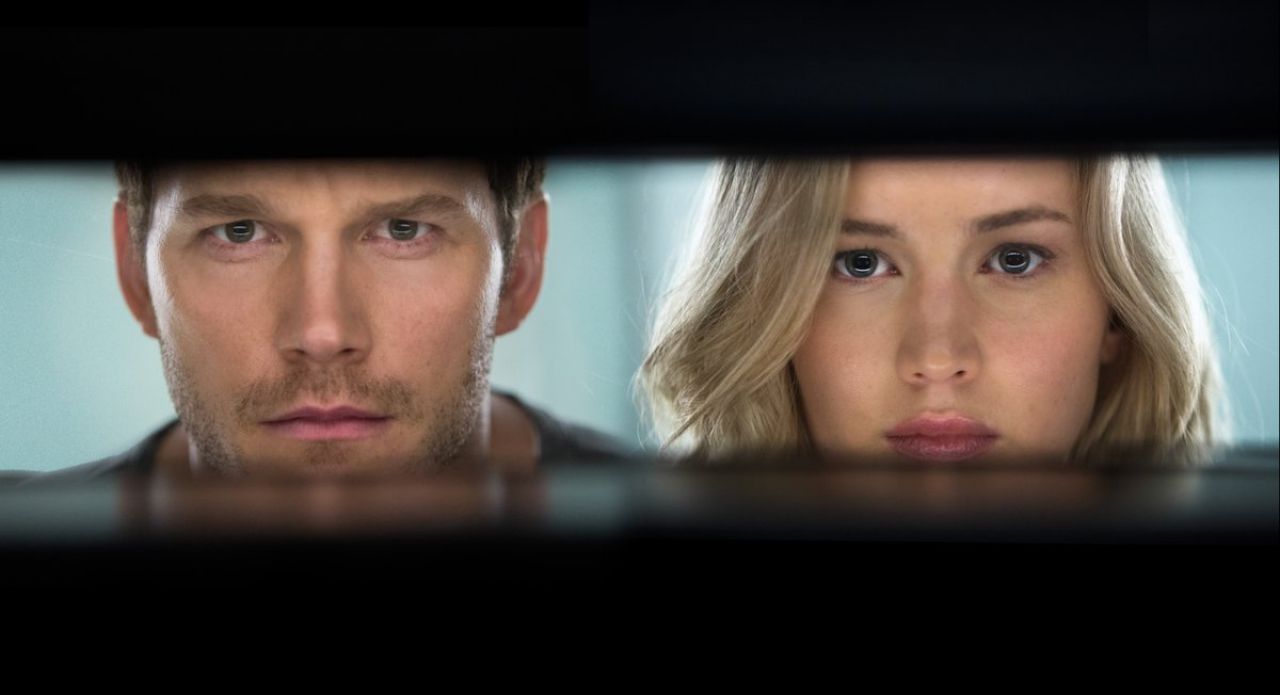
If there’s just one thing every critic could agree on with this divisive wannabe studio blockbuster, it’s that Guy Hendrix Dyas’ production design was stunning. Luxurious, yet practical and believable, the sets where stars Chris Pratt and Jennifer Lawrence strutted were state-of-the-art Hollywood magic, with creative touches that made “Passengers” a constant visual surprise.
Problem is, the rest of the film fails epically in living up to that refined piece of work by Dyas. Pratt and Lawrence have their movie star charm on, but Jon Spaihts’ script is predictable at best, problematic at worst. “Passengers,” as a whole, runs away from every philosophical question that may turn it into an interesting film, preferring to serve up a tired bunch of clichés spiced up by some beautiful visual ideas.
3. The Huntsman: Winter’s War (Cedric Nicolas-Troyan, 2016)
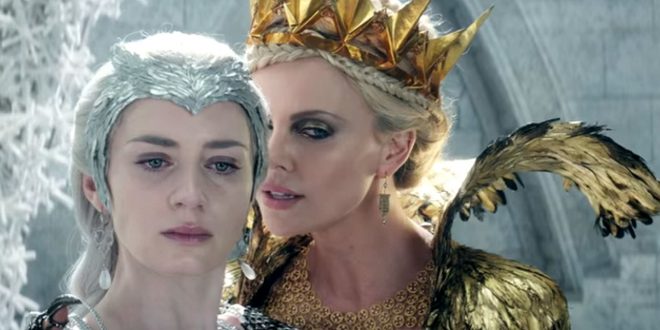
There’s no one quite like four-time Oscar winner Colleen Atwood when it comes to costume design in big Hollywood movies. In her hands, you can expect everything to look magnificent, as it does in “The Huntsman: Winter’s War,” an unexpected sequel to 2012’s “Snow White and the Huntsman,” a reimagining of the old fairy tale that garnered attention because of the affair between star Kristen Stewart and director Rupert Sanders, plus a deliciously evil performance by Charlize Theron as Queen Ravenna.
What little magic that film had is lost here as the script fumbles through a unoriginal message and a weak lead character (Chris Hemsworth’s Huntsman was never the stuff of a protagonist). Yet, first-time feature director and visual effects artist Cedric Nicolas-Troyan expertly complements Atwood’s stunning work with a well-defined visual identity, and the film does well to double down on the whole movie-stars-chewing-scenery element, casting Emily Blunt as Ravenna’s sister.
2. Ghost in the Shell (Rupert Sanders, 2017)
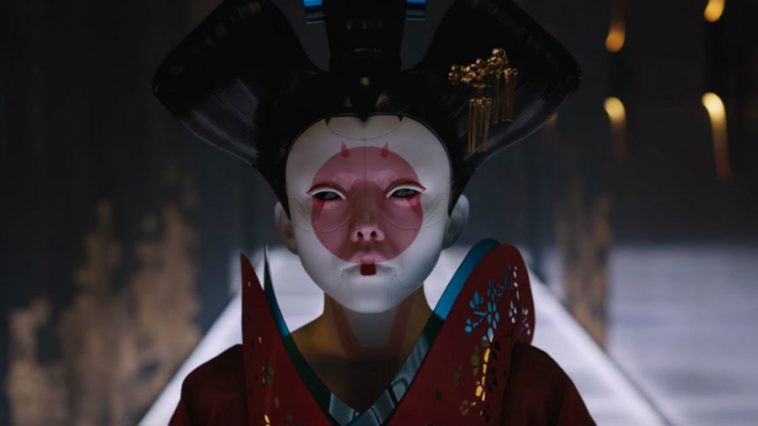
Speaking of filmmaker Rupert Sanders, his follow-up to the scandalous “Snow White and the Huntsman” was another controversial project, if for different reasons. Casting the likes of Scarlett Johansson and Michael Pitt as originally Asian characters, Hollywood’s remake of anime classic “Ghost in the Shell” was poorly received by critics and audiences alike, but we could all also agree that Sanders’ visuals were stunning.
Not so much recreating Mamoru Oshii’s original vision of futuristic Tokyo, but reinventing it with state-of-the-art special effects, more modernist designs and a whole lot more of shiny, glass-and-plastic surfaces, “Ghost in the Shell” looks superficially beautiful – the shame is that there’s nothing of substance beneath that surface.
While the original examined surprising and deep ideas about identity, gender politics and their relationships with technology, this new “Ghost in the Shell” is a cheap reaffirmation of “humanity-trumps-artificiality” tropes that abound on Hollywood sci-fi.
1. The Spirit (Frank Miller, 2008)
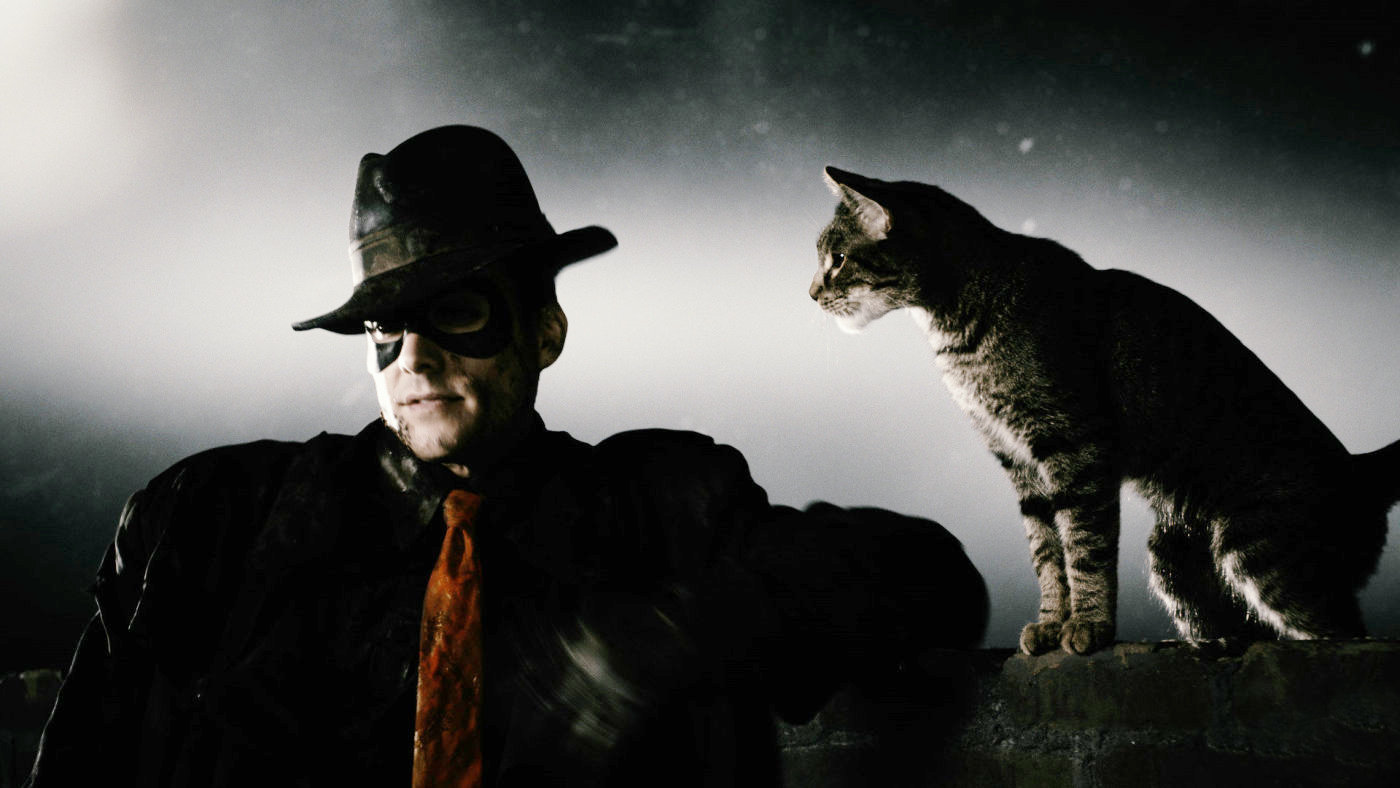
No other film could’ve topped our list. After the success of “Sin City,” an adaptation of his own work that comic book maestro Frank Miller co-directed with Robert Rodriguez in 2005, he felt emboldened to fly solo as a writer-director in “The Spirit,” based on the classic comics by Will Eisner. Suffice to say that he shouldn’t have, because “The Spirit” is a shallow, confusing, horrifying excuse for a movie.
We hollow rookie cop Denny Colt (poor Gabriel Macht, whose career was only saved by the USA series “Suits” after this debacle), who returns from the grave as the vigilante the Spirit, with the mission of cleaning up the streets of Central City.
While we could’ve seen a film like this being a disaster in the hands of an inexperienced filmmaker a mile away, we could’ve also predicted that Miller would make it absolutely gorgeous, a delightful noir-pastiche with contrasted colors, eccentric lightning and unexpected makeup.